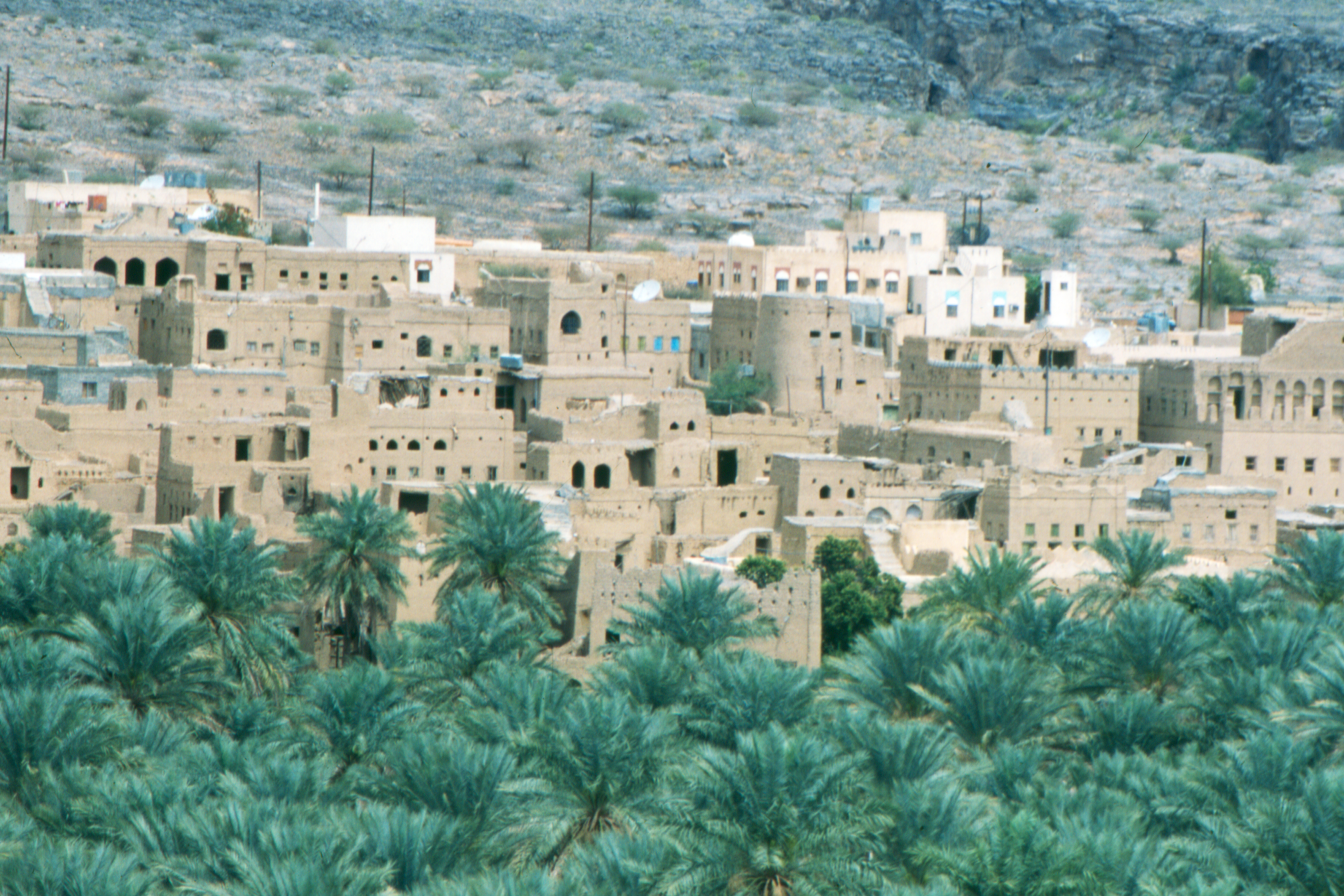Political and economic transformations in the Indian Ocean World as reflected in the letters to the ʿAbriyin of al-Hamraʾ (Oman) during the long 19th century

The DFG-funded research project "Letters to the Sheikh" is dedicated to the social, political, and economic history of central Oman before, during and after Oman's heyday as a maritime power. The study is based on the combined serial and qualitative analysis of a selection of texts from the archive of the ʿAbriyin Sheikhs of al-Hamraʾ. Individual studies deal with social and political networks, economic relationships, and historical semantics.
The recording and indexing of the archive have been carried out in several stages. The approximately 6,000 documents were discovered in 2000 and 2002 within the framework of the DFG-funded interdisciplinary project "Transformation Processes in Oasis Settlements of Oman" (1999-2007). The site of discovery was Bayt al-Safaʾ, a house in the old centre of the oasis town of al-Hamraʾ (see figs. 1 and 2; click on the images to enlarge them). Since its construction at the end of the 17th century, the house has been the seat of the representatives and leaders (shaykhs) of the ʿAbriyin, an important tribal group in Oman. The corpus of documents consists mainly of letters (see Fig. 3), which are addressed to the sheikh in office. In terms of form and content, the documents resemble chancery documents, which suggests that they were a kind of administrative archive of the ʿAbriyin sheikhs. In total, the inventory includes several thousand documents from a period of around 175 years, from the second half of the 18th century to the middle of the 20th century.
This corpus of documents is unique in many respects. Among its outstanding features are its size and coherence, in addition to its provenance, the south of the Arabian Peninsula. Document corpora of this type are otherwise not known from this region.
Some of the documents were analysed in the context of Michaela Hoffmann-Ruf’s dissertation “Sheikh Muḥsin bin Zahrān al-ʿAbrī. Tribal power in 19th century Oman” (Berlin 2008). For a long time, however, it was not possible to systematically record and index the content of the entire holdings.
A pilot project in this direction was the graduate seminar “Communication Networks in 19th Century Oman”, which Johann Büssow and Michaela Hoffmann-Ruf taught in 2016 at the University of Tübingen. With technical and conceptual support by the Tübingen eScience Center, the two researchers developed a database for the digital recording of the documents. On the one hand, this was intended as a basis for later analysis and, on the other hand, for the long-term archiving of the documents as part of Oman's cultural heritage. The criteria for recording the documents were discussed and tested by the participating students
The priority was to record the metadata, especially signature, date, addressee, and sender. The next step was the collection of secondary data such as people and places mentioned in the letter, as well as a short summary of the content. As an example, Fig. 4 shows a letter from Sayyid Saʿid b. Sultan al-Busaʿidi to the ʿAbriyin, and Fig. 5 shows the data input screen for this letter. The structure of the database made it possible to supplement the data obtained in this way with further information from other sources and secondary literature. For example, personal names can be linked to biographical information and geo-coordinates can be attached to place names. This information allows a first insight into the social and political networks in which senders and addressees of the letters were involved. (see Fig. 6).
In order to carry out in-depth analyses, the database application offers query options and allows the query results to be visualized in different ways, e.g., as a table, timeline, geographic map or network graph. Fig. 7, for example, visualises the position of the letter shown in Fig. 4 within a communication network of people and letters. Viewers can enlarge sections of this network and switch to the detailed and editing view for the underlying data by double-clicking on an object, e.g., a letter, a person, or a group of people.
As part of the interdisciplinary research project "Settlement and Society in Premodern Oman", which was carried out at the University of Tübingen from 2016 to 2018, the remaining documents were digitally recorded in full. For this purpose, previously collected meta data was standardized and automatically transferred to the database.
To ensure long-term public accessibility of the research data, the database will be migrated to the newly developed Internet portal “Qalamos: connecting manuscript traditions” (www.qalamos.net).